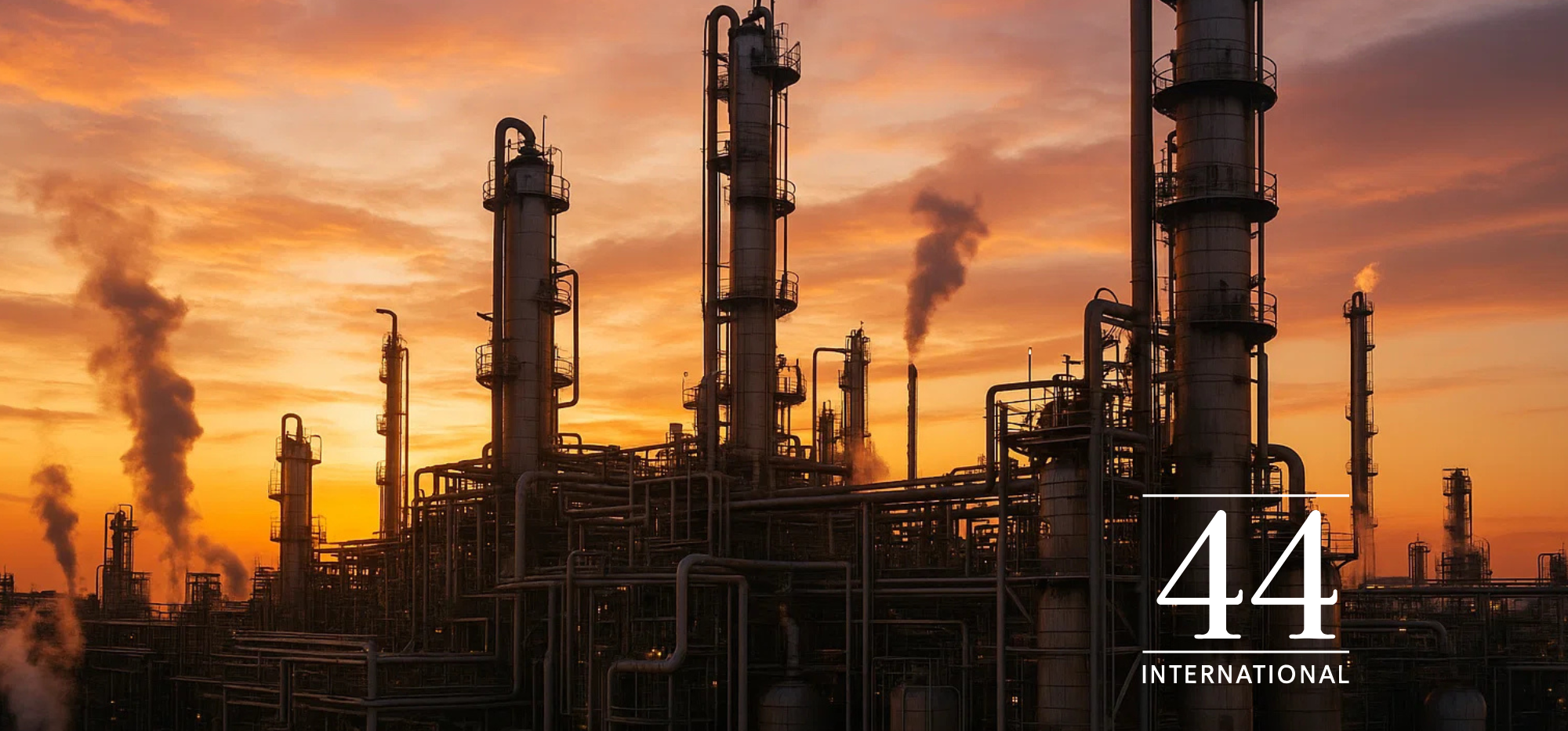August 12, 2025

Most people picture chemical manufacturing as lab coats, test tubes, and complex formulas scrawled on whiteboards.
But in reality, it’s the quiet, relentless engine behind everything from the food we eat to the tech in our pockets.
Chemical manufacturing isn’t just about producing “chemicals” — it’s about transforming raw materials into the building blocks of modern living. The fertilizers that keep global agriculture running, the polymers that shape our electronics, the specialty coatings that protect our infrastructure — all of them start in chemical plants long before they reach the consumer.
The public perception of chemical manufacturing often stops at images of smokestacks or sterile labs. The truth is more complex and more essential. This sector powers:
Chemical manufacturing is deeply embedded in global supply chains. Disruptions here ripple across industries — slowing food production, delaying construction projects, even stalling tech launches. In a world where speed to market is everything, chemical plants are not just suppliers; they’re strategic partners in innovation.
Like every industry, chemical manufacturing is facing pressure to become more sustainable and more efficient. This means:
The next time you open your smartphone, drive your car, or simply eat breakfast, remember: chemical manufacturing quietly made it possible.
It’s more than a backdrop to modern life — it’s the foundation on which entire industries are built.